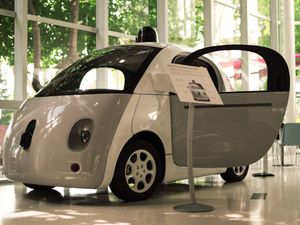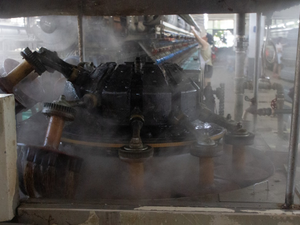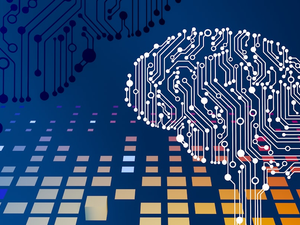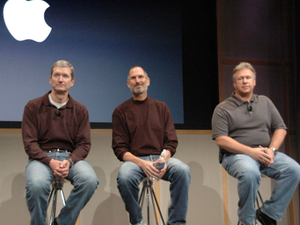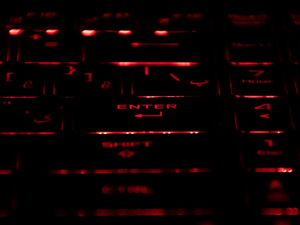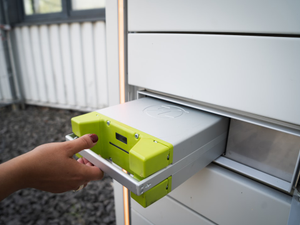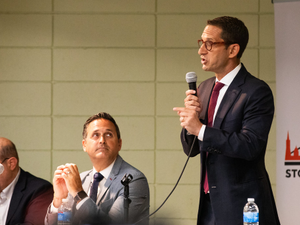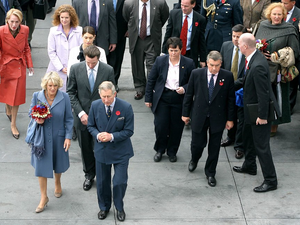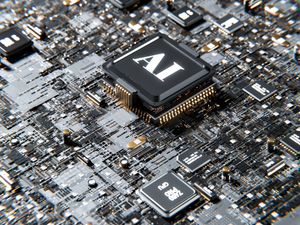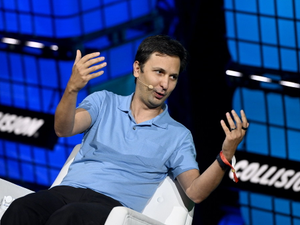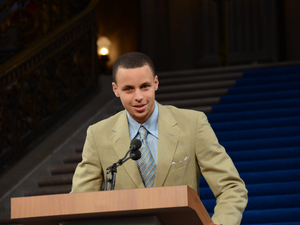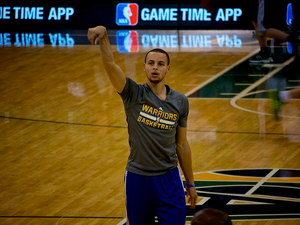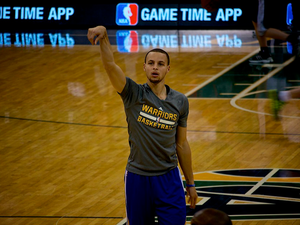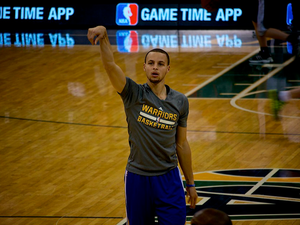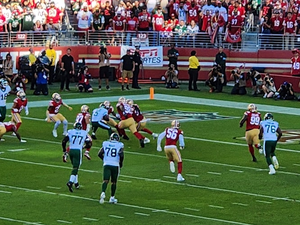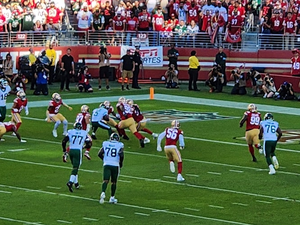Nvidia's Big Reveal: Meet the AI Chips Set to Change Everything!

Photo by pestoverde | License
At GTC 2025, the wonderland of artificial intelligence, Nvidia’s founder, Jensen Huang, took the stage and declared that AI is hitting a wild “inflection point”. Seriously, if you didn’t bring your popcorn, you’re missing the show. Huang touted how the demand for Nvidia’s shiny GPUs is skyrocketing, with projections claiming the data center revenue could hit a jaw-dropping $1 trillion by 2028. We’re ready for the tech dividends, thank you very much!
So what’s cooking in Nvidia’s laboratory of dreams? Huang introduced us to two next-gen graphics chip architectures: the Blackwell Ultra and the Vera Rubin. Yeah, the same Vera Rubin who’s been orbiting in nerdy discussions about astronomy. Blackwell Ultra is slated for a mid-2025 debut, while the much-anticipated Rubin AI chip is set to arrive in late 2026. Spoiler alert: Rubin Ultra will follow in 2027.
If you thought AI’s evolution was dull, think again! In just ten years, we’ve gone from “huh, AI can see” to “whoa, it can reason like a human”. Huang passionately shared that AI now understands context and meaning, fundamentally shifting how we compute.
But Huang didn’t stop there! He hinted at the next wave: robotics, all thanks to “physical AI”. Imagine robots understanding friction and object permanence! (No, we’re not playing with child’s toys here).
In this techno-fantasia, Huang introduced the Isaac GR00T N1, a delightful open-source platform designed to train humanoid robots. Unlike conventional training that’s as tedious as watching paint dry, this model uses synthetic data that makes those outdated human demonstrations look like ancient history.
Experts like Benjamin Lee from UPenn are buzzing about how exciting this open-source model is, bridging the gap between seasoned and newbie researchers alike.
And there’s more! The Cosmos series of AI models, capable of generating super realistic video for robot training, promises to revolutionize the field while being cost-effective. Remember, traditional data collection is like filling a swimming pool with a teaspoon.
The cherry on top? General Motors plans to use Nvidia’s technology for their self-driving vehicle fleet. Because if you can’t have a smart car, what’s the point of living in the future? Huang wrapped up his dazzling chat with the introduction of an open-source physics engine for robot simulation, developed with Google DeepMind and Disney Research.
In Huang’s own words, “The age of generalist robotics is here”. So sit back, grab your snacks, and watch the AI revolution unfold!
AUTHOR: mp
SOURCE: NBC Bay Area
